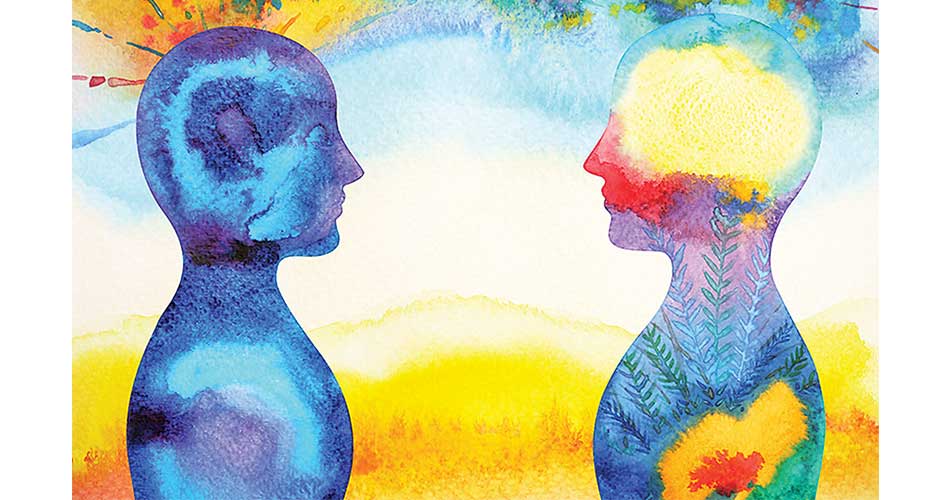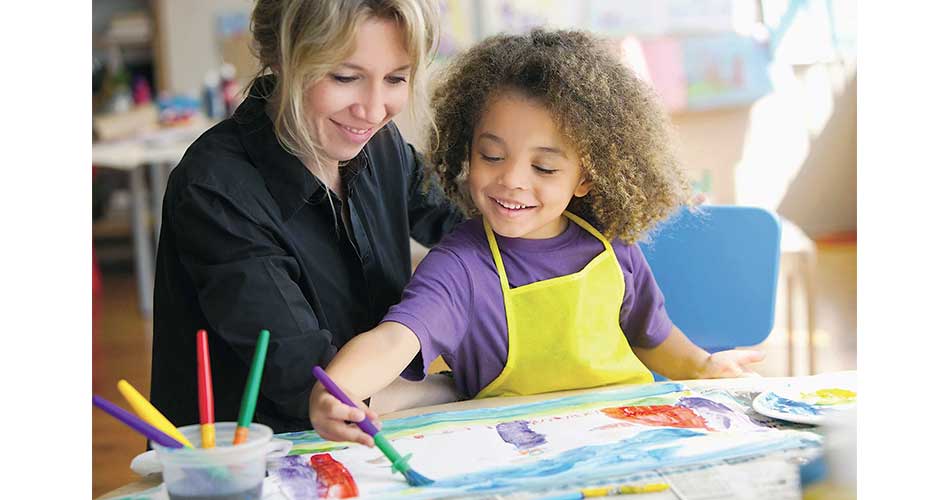Salt therapy – All you need to know
- 24 Feb - 01 Mar, 2024

As we all spend more time at home to help limit the spread of COVID-19, you might be looking for a new and easy way to be creative. Besides relaxing and passing the time, there could be plenty of benefits to finding a creative outlet. Art allows us to express feelings and thoughts in a non-verbal way, which has led to clinicians and researchers to study the positive effects it may have on our overall well-being. Studies suggest that art therapy can be very valuable in treating issues such as depression, anxiety, post-traumatic stress disorder and even some phobias. It is a great way to express your emotions without words, process complex feelings and find relief. In this article, we will take a closer look at art therapy and discuss its health benefits.
Art therapy is a therapeutic technique that incorporates methods of creative expression – often through visual media, such as drawing, painting or sculpting – in order to help participants better understand their feelings and behaviour. This type of therapy has been used in conjunction with traditional therapies to help treat mental and physical health conditions affecting both children and adults, including everything from stress and anxiety to asthma and cancer.
People do not need to have artistic ability or special talent to participate in art therapy. Some research suggests that just the presence of art can play a part in boosting mental health.
Here are a few ways that practicing art has shown to be more than just a fun diversion:

There have been a number of studies conducted on the efficacy of art therapy in people with anxiety. One study showed that children with asthma who participated in hour-long art therapy sessions once a week for seven weeks experienced improved feelings of worry, communication, anxiety and self-concept. The therapy has also been used to treat hospitalised children with anxiety as well as prisoners with pre-release anxiety. Making art gives participants a sense of calm, productivity and mindfulness, which can effectively lessen their feelings of stress, worry and anxiety.
For the same reasons it can also help with depression. The reason why it’s such an effective form of depression therapy is multifaceted, but one of the biggest contributors is that it serves as a non-verbal form of self-expression for people struggling with deep, dark and challenging emotions that are tough to articulate with words. Painting, drawing or completing a relaxing craft can help those with depression and mood disorders feel more comfortable being honest about their feelings, which can lead to more effective therapies and a stronger understanding of the issue.
If you’re ever feeling dull or like you can’t concentrate, consider breaking out your paintbrush or a set of coloured pencils. Studies show that art therapy has the power to increase a participant’s concentration, even in children. Creating art can help you sink into a state of stimulated relaxation, allowing your brain to focus on something without the stress of overthinking. Many forms of creativity can lead to a stronger sense of focus, whether it’s visual art, writing or sewing. You may emerge from the experience feeling a sense of tranquility but also feeling ready to take a mental challenge.
An individual’s feelings of self-worth are closely linked to broader and riskier mental health concerns, including depression and suicidal thoughts. Art therapy has been used to improve self-esteem in a variety of different populations, including those particularly vulnerable to low self-esteem.
Never underestimate the power of a good, old-fashioned creative release! Creating something beautiful leaves the artist with a strong sense of self-satisfaction, while stimulating the creative side of the brain. The self-satisfaction and tranquility one feels after a period of creative exploration can lead to improved feelings of happiness, confidence and inner peace. Coupled with the benefits of self-expression, this creative release can help participants reach a deep state of joy and understanding during and after their session.
In more recent years, researchers have explored the benefits of art therapy for treating a variety of physical health difficulties. Some of their findings show art therapy:
• Helped reduce pain, decrease symptoms of stress and improve quality of life in adult cancer patients.
• Improved ability to deal with pain and other frightening symptoms in children with cancer.
• Reduced stress and anxiety in children with asthma.
• Stimulated mental function in older adults with dementia.
• Indicated a reduction in depression in Parkinson's patients.
COMMENTS